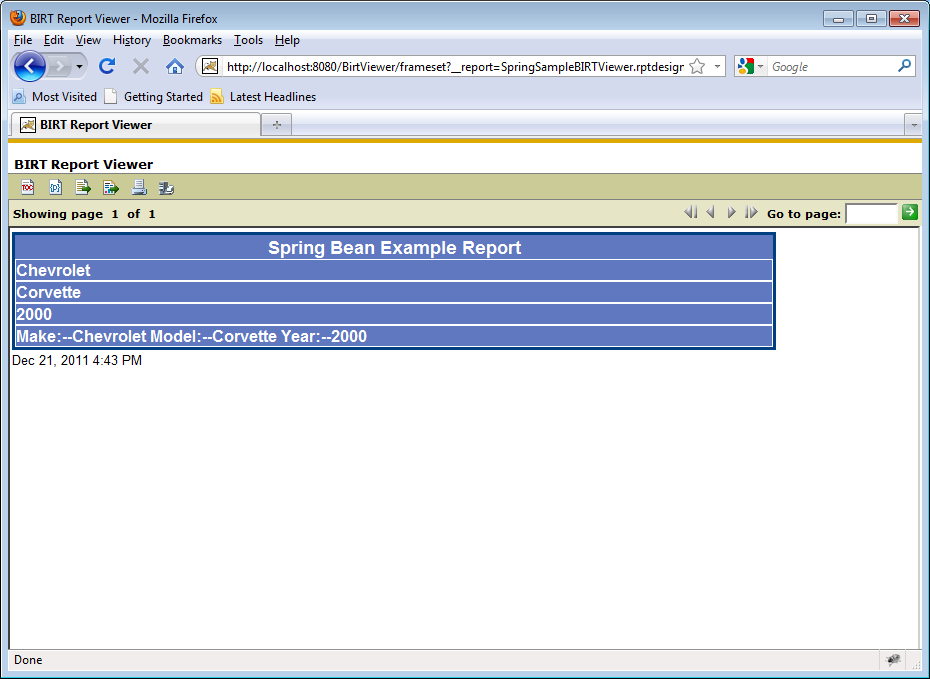
Download Getting Started With Spring Framework Pdf Viewer
Getting started with Spring Framework, Second Edition includes new chapters on Spring Web MVC, RESTful Web Services and Spring Security. This book is meant for Java developers with little or no knowledge of Spring Framework. All the examples shown in this book use Spring 4. Plath 7b manual windlass. You can download the examples (consisting of 60 sample projects) described in this book from the fol Getting started with Spring Framework, Second Edition includes new chapters on Spring Web MVC, RESTful Web Services and Spring Security.
Getting started spring framework pdf. Getting started with Spring Framework, 2nd Edition PDF Free Download, Reviews, Read Online, ISBN:, By. Getting Started with Spring Framework: A Hands-On Guide to Begin Developing Applications Using Spring Framework Getting started with Spring Framework, Second Edition includes new chapters on Spring Web MVC, RESTful Web Services and Spring Security.
This book is meant for Java developers with little or no knowledge of Spring Framework. All the examples shown in this book use Spring 4. 'Getting Started with Spring Framework' is an intro to Spring book. It covers less material than Manning's 'Spring in Action'; however it is a shorter read and costs $15 less, so that's ok. The explanations were fine. There were lots of code examples.
My favorite part was the excellent diagrams. I liked all of the chapters except chapter 1. There were a couple of places in later chapters where multiple ways of doing something were presented, and it wasn't clear why you'd choose each way. But wha 'Getting Started with Spring Framework' is an intro to Spring book.
It covers less material than Manning's 'Spring in Action'; however it is a shorter read and costs $15 less, so that's ok. The explanations were fine. There were lots of code examples. My favorite part was the excellent diagrams. I liked all of the chapters except chapter 1. There were a couple of places in later chapters where multiple ways of doing something were presented, and it wasn't clear why you'd choose each way.

But what didn't I like about chapter 1 you ask? The chapter starts with a statement that rubbed me the wrong way. To paraphrase: in the old world, developers had to create well structured easily testable maintainable apps-- the implication being that Spring somehow relieves you of this duty. The truth is that you can create a pile of crud in Spring, too. This felt like 'Spring is magic' salesmanship and it put me in a bad mood. The rest of the chapter was a mix of concepts critical to understand and a high level overview of things you never see in the book again.